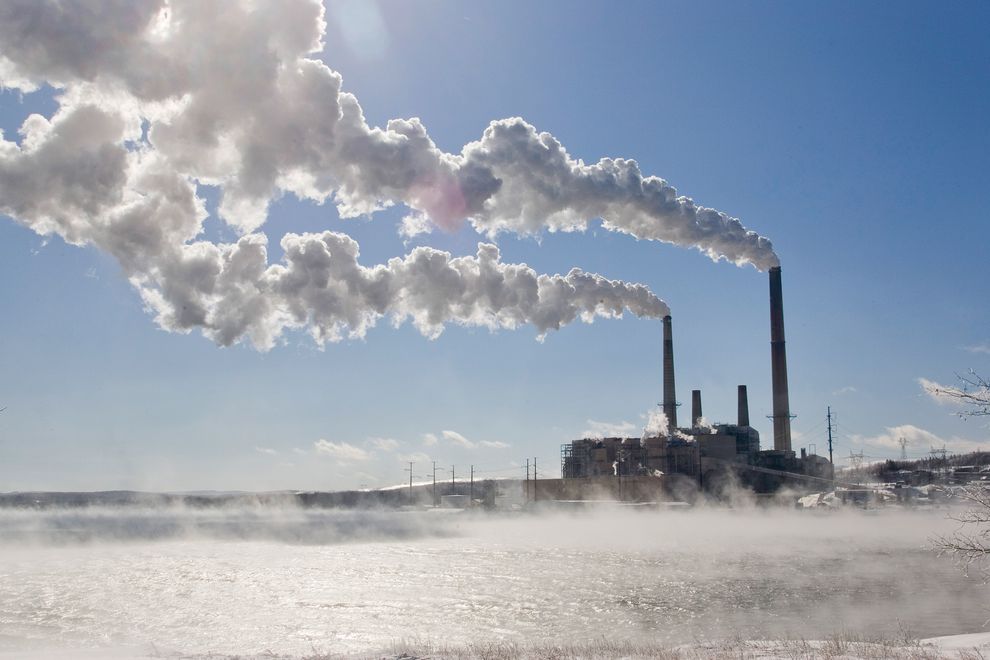5 Key Takeaways From UN Climate Summit in Lima

That’s been the question looming over the the UN climate summit in Lima, Peru, the last two weeks, as negotiators from 195 countries have tried to hammer out a draft climate change agreement.
The conference comes on the heels of recent optimism about the possibility of a global deal, thanks to a November agreement on emissions reductions by the U.S. and China, the world’s top emitters of greenhouse gases. The European Union, meanwhile, recently pledged to reduce its emissions 40 percent by 2030. (Read: “Report Offers Clearest Picture Yet of Rising Greenhouse Gas Emissions.”)
But the draft agreement out of Lima doesn’t yet answer big questions about how the world will address global warming, such as who will pay for emissions reductions and how much each individual country will cut back. (Read a Q&A with Naomi Klein about her new book on climate change economics.)
Negotiations are expected to conclude by Saturday, and the draft agreement will continue to evolve until it’s offered up as an international treaty in December 2015, when world leaders are expected to gather in Paris in an attempt at a global climate deal.
Many environmental activists and policymakers say two weeks of talking have watered down the draft. “The options presented are like a choose-your-own-adventure novel,” says Jan Kowalzig, a climate policy adviser for the charity Oxfam. “Some could put us on a barely workable path heading into Paris, while others may doom us to a dangerous future.”
As negotiations continue, here are five key takeaways from the summit:
1. The big question of whether the agreement will be binding is still unresolved.
For years, many developing countries have said that the only successful international climate agreement is a binding one, requiring major emissions emitters to meet reduction goals. But rich countries such as the U.S., China, and other developed countries have argued that a binding agreement would limit flexibility and could hurt the global economy. (Read about a new report downplaying the role of global warming in California’s drought.)
The delegates meeting in Lima are unlikely to resolve the question before they leave Peru. So far, it seems that rich countries might get their way.
Todd Stern, the State Department’s Special Envoy for Climate Change, is arguing that a nonbinding agreement is the way to go, since more countries would sign on. “It’s not going to be perfect, but it’s a strong start that would get better and better,” he told reporters this week.
2. Vulnerable countries want to be compensated for damage from global warming.
Some developing countries have been asking for a separate framework that would allow them to seek compensation from the biggest emitters for loss of property, land, and other damages associated with global warming.
Leaders of developing countries have argued that their people did little to contribute to global warming yet stand to suffer the most. Many such nations have low-lying coasts that are in danger of flooding and lack infrastructure to deal with a changing climate.
“Rich nations have been dragging their feet” on the issue, says Harjeet Singh, international manager for climate change and resilience with the nonprofit ActionAid International. “But we can’t allow this essential element to slip off the table when we know that climate crises are going to get far worse with rising temperatures.”
3. Environmental groups want a 100 percent phaseout of fossil fuels.
Current language in the draft climate agreement supports a “100 percent phaseout of fossil fuels by 2050,” something environmental groups have promoted for years. Ruth Davis, political director ofGreenpeace UK, calls it a “high-water mark” for the idea.
But the draft provides no road map on how to get there, and most energy analysts consider the proposal a very long shot.
4. Many cities will start measuring their emissions.
Cities are responsible for about 70 percent of global greenhouse gas emissions, and a growing number of the world’s mayors are trying to take a bite out of that figure. In Lima, leaders from such cities as New York, Rio de Janeiro, and Guangzhou launched the Global Protocol for Community-Scale Greenhouse Gas Emission Inventories, which will help cities measure their emissions, compare progress, and make good on climate commitments. One hundred cities across the globe have already been using the protocol in a prototype version.
Until now, it’s been difficult for many cities to measure and report their emissions, said Andrew Steer, president and CEO of the environmental group World Resources Institute: “If we want to turn the tide against climate change, cities will need to lead the way.”
5. The UN’s Green Climate Fund has raised ten billion dollars.
The UN’s Green Climate Fund reached its 2014 goal of raising ten billion dollars this week. The fund is designed to support projects in developing countries that help them reduce emissions and adapt to the impacts of climate change.
“A number of countries—including the U.S., Germany, France, and even Mexico and South Korea—have stepped up in recent weeks to push the fund over this important marker,” Athena Ballesteros, finance director of the World Resources Institute, said this week.
Just how the fund will operate is still being negotiated by UN member nations. It’s expected to provide a mix of grants and loans that support a wide range of projects, from renewable energy plants to seawalls.
But congressional Republicans this week attached a rider to the $1.1 trillion spending bill that would block the government from contributing the three billion dollars Obama had pledged to the Green Climate Fund in November. The White House said it expected the money would not come from this fiscal year anyway. But the move suggests it may be a challenge to get the funding approved at any time.
Collected: Brian Clark Howard, National Geographic

